What is Code P2096?
When your vehicle's check engine light suddenly illuminates and your OBD2 scanner displays code P2096, it's indicating a specific issue: "Post Catalyst Fuel Trim System Too Lean (Bank 1)." But what exactly does this mean for your vehicle?
Definition: Code P2096 indicates that the powertrain control module (PCM) has detected that the fuel mixture in Bank 1 (the bank containing cylinder #1) is too lean after it has passed through the catalytic converter.
To fully understand this code, we need to break down what "post catalyst" and "too lean" actually mean:
- Post Catalyst: This refers to the area of the exhaust system after the catalytic converter. The vehicle monitors oxygen levels here to ensure the catalytic converter is functioning properly.
- Fuel Trim: The adjustments the engine computer makes to maintain the ideal air-fuel ratio.
- Too Lean: Indicates there's too much oxygen and not enough fuel in the exhaust gases.
- Bank 1: Refers to the side of the engine that contains cylinder #1 (in V-configured engines, there's also a Bank 2).

When your vehicle's oxygen sensor downstream from the catalytic converter detects excessive oxygen levels, it signals that the system is running too lean. This can happen due to various issues that we'll explore in detail.
What are the Common Causes of P2096?
The P2096 error code can be triggered by several different issues. Understanding these potential causes is crucial for effective diagnosis and repair. Here are the most common culprits:
1. Exhaust Leaks
Exhaust leaks between the engine and the downstream oxygen sensor are a primary cause of P2096 codes. These leaks allow extra air (oxygen) to enter the exhaust system, creating a false lean reading.
- Cracked or damaged exhaust manifolds
- Failed exhaust gaskets
- Loose exhaust pipe connections
- Holes or cracks in the exhaust pipes
- Damaged flex pipes
2. Faulty Oxygen Sensors
Oxygen sensors (O2 sensors) can deteriorate over time, providing inaccurate readings to the PCM. This can lead to false lean conditions being reported.
- Degraded downstream (post-catalyst) O2 sensor
- Faulty upstream (pre-catalyst) O2 sensor affecting fuel trim
- Damaged wiring to either sensor
- Incorrect sensor positioning (common with aftermarket catalytic converters)
3. Fuel System Issues
Problems with fuel delivery can cause genuine lean conditions that trigger the P2096 code:
- Clogged or dirty fuel injectors
- Failing fuel pump not delivering sufficient pressure
- Clogged fuel filter restricting fuel flow
- Faulty fuel pressure regulator
- Vacuum leaks in the intake system
4. Catalytic Converter Problems
Issues with the catalytic converter itself can cause P2096:
- Damaged or deteriorating catalytic converter
- Contaminated catalyst material
- Catalyst overheating damage
- Improper installation of aftermarket converters
5. PCM/ECM Software Issues
In some vehicles (particularly certain Mazda and some European models), outdated PCM programming can cause false P2096 codes:
- Calibration issues not accounting for aging components
- Software glitches in certain model years
- Improper thresholds for post-catalyst oxygen readings

What are the Symptoms of the P2096 Code?
When your vehicle triggers a P2096 code, you might experience several symptoms beyond just the illuminated check engine light. Being able to recognize these symptoms can help you identify the issue faster and understand its severity.
Common Symptoms
- Illuminated Check Engine Light (CEL) - The most obvious indicator
- Rough idle - The engine may run unevenly when stationary
- Decreased fuel efficiency - You may notice more frequent trips to the gas station
- Hesitation during acceleration - The vehicle may stutter or lag when pressing the gas pedal
- Reduced engine power - Particularly noticeable when climbing hills or carrying loads
- Engine misfires - In severe lean conditions
- Exhaust noise - If the cause is an exhaust leak
Important Note: Some vehicles may display the P2096 code without any noticeable drivability symptoms. However, this doesn't mean you should ignore the issue, as prolonged lean conditions can damage engine components over time.
The severity of these symptoms can vary significantly based on the underlying cause and how long the issue has been present. For instance, a minor exhaust leak might cause minimal drivability issues, while severely clogged fuel injectors could result in significant performance problems.
Additional Symptoms Based on Root Causes
Depending on the specific cause of your P2096 code, you might also notice:
- For exhaust leaks: Unusual exhaust sounds, especially during acceleration
- For fuel system issues: Engine surging, stalling, or difficulty starting
- For catalytic converter problems: Sulfur smell from exhaust or reduced performance
- For oxygen sensor issues: Seemingly random fluctuations in vehicle performance
Have you noticed your vehicle exhibiting any of these symptoms alongside the P2096 code? Identifying these associated symptoms can provide valuable clues that help pinpoint the exact cause during diagnosis.
Related Reading: Complete Guide to P0171 - Fuel Trim System Lean (Bank 1): Symptoms, Fix, Diagnose
How to Diagnose the P2096 Code with OBD2 Scanners?
Having the right diagnostic tool and approach makes a significant difference when tackling P2096 codes. The FOXWELL NT301 OBD2 scanner is particularly effective for diagnosing these issues due to its comprehensive features and user-friendly interface.
Step-by-Step Diagnostic Process Using the FOXWELL NT301
-
Initial Code Reading
- Connect your FOXWELL NT301 to the vehicle's OBD2 port (usually located under the dashboard)
- Turn the ignition to the "ON" position without starting the engine
- Navigate to "Read Codes" on the scanner and confirm the P2096 code
- Check for any additional related codes that might help pinpoint the issue
-
Review Freeze Frame Data
- Select "Freeze Frame" in the FOXWELL NT301 menu
- This data shows engine conditions when the code was set
- Pay particular attention to:
- Engine RPM
- Vehicle speed
- Engine load
- Fuel trim values
- Oxygen sensor readings
-
Live Data Analysis
- Start the engine and select "Live Data" on your FOXWELL scanner
- Monitor these critical parameters:
- Short Term Fuel Trim (STFT) and Long Term Fuel Trim (LTFT) for Bank 1
- O2 sensor readings (both upstream and downstream)
- Air-fuel ratio
- Mass Airflow (MAF) readings
- The NT301's graphing capability is particularly useful for visualizing O2 sensor activity
FOXWELL NT301: Your P2096 Diagnosis Partner
The FOXWELL NT301 excels at diagnosing P2096 issues with features like:
- 2.8" color display showing oxygen sensor graphs
- Easy-to-read live data stream
- Built-in DTC lookup library
- Support for all 10 OBD2 test modes
- One-click I/M readiness testing
These features make identifying the root cause of P2096 significantly easier compared to basic code readers.
Physical Inspection Methods
After gathering data from your scanner, physical inspections are crucial:
-
Exhaust Leak Check
- With the engine running, visually inspect the exhaust system from the manifold to catalytic converter
- Listen for hissing sounds indicating leaks
- Use a smoke machine if available, or spray soapy water (when cold) to identify bubbling at leak points
-
Oxygen Sensor Inspection
- Check O2 sensor connectors for corrosion or damage
- Ensure sensors are properly positioned
- Look for damaged wires or heat shields
-
Fuel System Testing
- Check fuel pressure using a fuel pressure gauge
- Inspect fuel filter for clogs
- Test fuel pump operation
-
Intake System Check
- Inspect vacuum lines for cracks or disconnections
- Check intake gaskets for leaks
- Examine the Mass Air Flow (MAF) sensor for contamination
Would combining scanner data with physical inspections provide you with a more complete diagnostic picture? In our experience, this dual approach is the most effective strategy for accurately identifying the cause of P2096 codes.
How to Fix Code P2096?
Once you've diagnosed the root cause of the P2096 code, you can move on to implementing the appropriate fix. Here are detailed repair procedures for the most common causes:
1. Repairing Exhaust Leaks
Repair Process:
- Identify the location of the leak through visual inspection or smoke testing
- For cracked or damaged exhaust manifolds:
- Remove the manifold
- Replace with new or repaired component
- Use new gaskets and hardware during reinstallation
- For leaking exhaust pipe connections:
- Remove rusted or damaged clamps/bolts
- Clean mating surfaces
- Install new gaskets or heat-resistant sealant as needed
- Tighten connections to specified torque
- For holes in pipes:
- Small holes may be temporarily repaired with exhaust tape or epoxy
- Larger damage typically requires pipe section replacement
2. Replacing Faulty Oxygen Sensors
Repair Process:
- Confirm which sensor needs replacement using your FOXWELL NT301 scanner
- Allow the exhaust system to cool completely
- Disconnect the electrical connector from the sensor
- Remove the sensor using an oxygen sensor socket
- Apply anti-seize compound to the threads of the new sensor (unless pre-applied)
- Install and tighten the new sensor to specified torque
- Reconnect the electrical connector
- Clear the P2096 code with your scanner
- Test drive to ensure the code doesn't return
Pro Tip: Always use OE-quality oxygen sensors for reliable performance. Cheap aftermarket sensors may fail prematurely.
3. Addressing Fuel System Issues
Common Fixes:
-
For clogged injectors:
- Use a quality fuel injector cleaner (short-term fix), such as JT400 or JT600.
- Or have injectors professionally cleaned or replaced
-
For fuel filter restrictions:
- Replace the fuel filter according to manufacturer's specifications
-
For fuel pump issues:
- Test fuel pressure against specifications
- Replace fuel pump if pressure is insufficient
-
For vacuum leaks:
- Use a smoke machine to locate leaks
- Replace damaged vacuum hoses
- Reseal intake manifold if necessary
4. Catalytic Converter Replacement
When Necessary:
Consider replacing the catalytic converter if:
- It's physically damaged
- Internal honeycomb structure is melted or broken
- It's completely clogged
- The P2096 code persists after addressing all other potential causes
Important: Ensure any replacement converter is compatible with your vehicle and meets emissions standards for your region. Using the wrong converter can lead to continued issues.
5. PCM/ECM Updates
For Software Issues:
- Check with your dealer or manufacturer if there are any PCM software updates available for your specific vehicle model
- These updates often address calibration issues related to fuel trim and oxygen sensor readings
- Particularly important for certain Mazda, BMW, and other vehicles known for P2096 software issues
Note: This typically requires dealer-level equipment and cannot be performed with consumer-grade scanners.
After implementing any fix, it's crucial to:
- Clear the code using your FOXWELL NT301 scanner
- Complete a drive cycle according to manufacturer's specifications
- Monitor for code return using the scanner's "I/M Readiness" feature
What repair approaches have you tried so far for your P2096 code? Have you been able to pinpoint the specific cause in your vehicle?
How Serious Is the P2096 Code?
Understanding the severity of the P2096 code is crucial for determining how urgently repairs should be made. Let's assess different aspects of this code's implications:
Immediate Drivability Concerns
The P2096 code itself varies in severity depending on its root cause:
- Low Severity: When caused by minor issues like a small exhaust leak or slightly degraded oxygen sensor, with minimal symptoms
- Moderate Severity: When noticeable performance issues are present (rough idle, hesitation) but the vehicle remains drivable
- High Severity: When significant fuel system problems exist, causing misfires or severe drivability issues
Important: Even if drivability seems normal, running the engine with a lean condition for extended periods can cause engine damage. The apparent "severity" doesn't always indicate the potential for long-term damage.
Long-term Implications
Ignoring a P2096 code can lead to several serious consequences:
- Engine Damage: Lean conditions can cause overheating and pre-ignition, potentially damaging pistons and valves
- Catalytic Converter Failure: Continuous lean conditions may overheat and damage the catalytic converter, leading to costly replacements
- Decreased Fuel Economy: The engine may use more fuel attempting to compensate for the lean condition
- Failed Emissions Tests: P2096 will cause emissions test failures in areas with inspection programs
Risk Assessment
| Risk Factor | Low Risk | Moderate Risk | High Risk |
|---|---|---|---|
| Engine Damage Potential | Intermittent code with no drivability issues | Consistent code with minor symptoms | Persistent code with noticeable performance issues |
| Emissions Impact | Temporary code occurrence | Occasional code appearance | Continuous fault presence |
| Repair Urgency | Can schedule repair in coming weeks | Should address within days | Immediate attention required |
| Cost Escalation Risk | Low chance of causing additional damage | May lead to secondary issues if ignored for weeks | Can quickly cause expensive component failures |
Do you need to deal with this issue immediately, or can it wait? While every situation is different, addressing P2096 sooner rather than later is generally the wisest approach to prevent potential escalation of problems and costs.
Can You Drive with a P2096 Code?
A common question vehicle owners ask when facing the P2096 code is whether they can continue driving their vehicle. Let's address this important concern:
Short-Term Driving Safety
In most cases, short-term driving with a P2096 code is possible, but with important caveats:
- Minimal Symptoms: If your vehicle shows no drivability issues (no rough idle, hesitation, or loss of power), limited driving is generally safe
- Moderate Symptoms: If you notice minor performance issues but the vehicle runs reasonably well, driving short distances (to a repair shop) is typically acceptable
- Severe Symptoms: If the vehicle runs very poorly, stalls, misfires frequently, or lacks power, you should avoid driving and have the vehicle towed to a repair facility
Warning: Even if the vehicle seems to drive normally, a lean condition indicated by P2096 can potentially cause engine damage over time. This isn't a code to ignore indefinitely.
Considerations Before Driving
Before deciding to drive with a P2096 code, consider these factors:
- Distance and Duration: Shorter drives pose less risk than long journeys
- Driving Conditions: Highway driving at consistent speeds is typically less stressful on the engine than stop-and-go traffic
- Load: Avoid towing or carrying heavy loads while the code is active
- Monitoring: Pay close attention to engine temperature, unusual sounds, or worsening performance
Recommended Actions
If you must drive with the P2096 code active:
- Use your FOXWELL NT301 code reader to check if there are multiple codes present (which may indicate more serious issues)
- Monitor your gauges closely while driving, especially temperature
- Avoid aggressive acceleration or high engine loads
- Schedule repairs as soon as possible
- If symptoms worsen while driving, pull over safely and arrange alternative transportation
Have you noticed any changes in your vehicle's performance since the P2096 code appeared? This information can help determine how urgently you should address the issue.

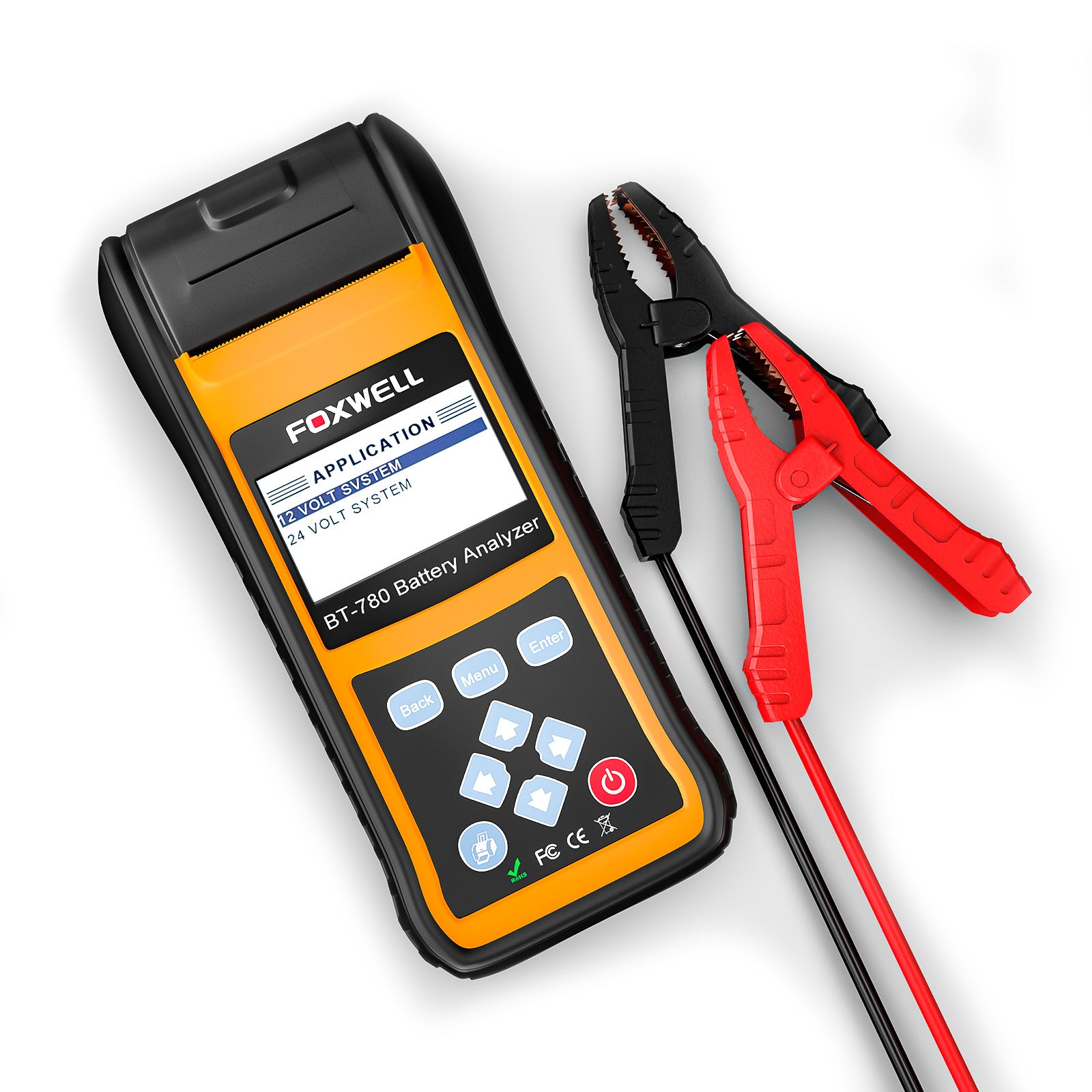
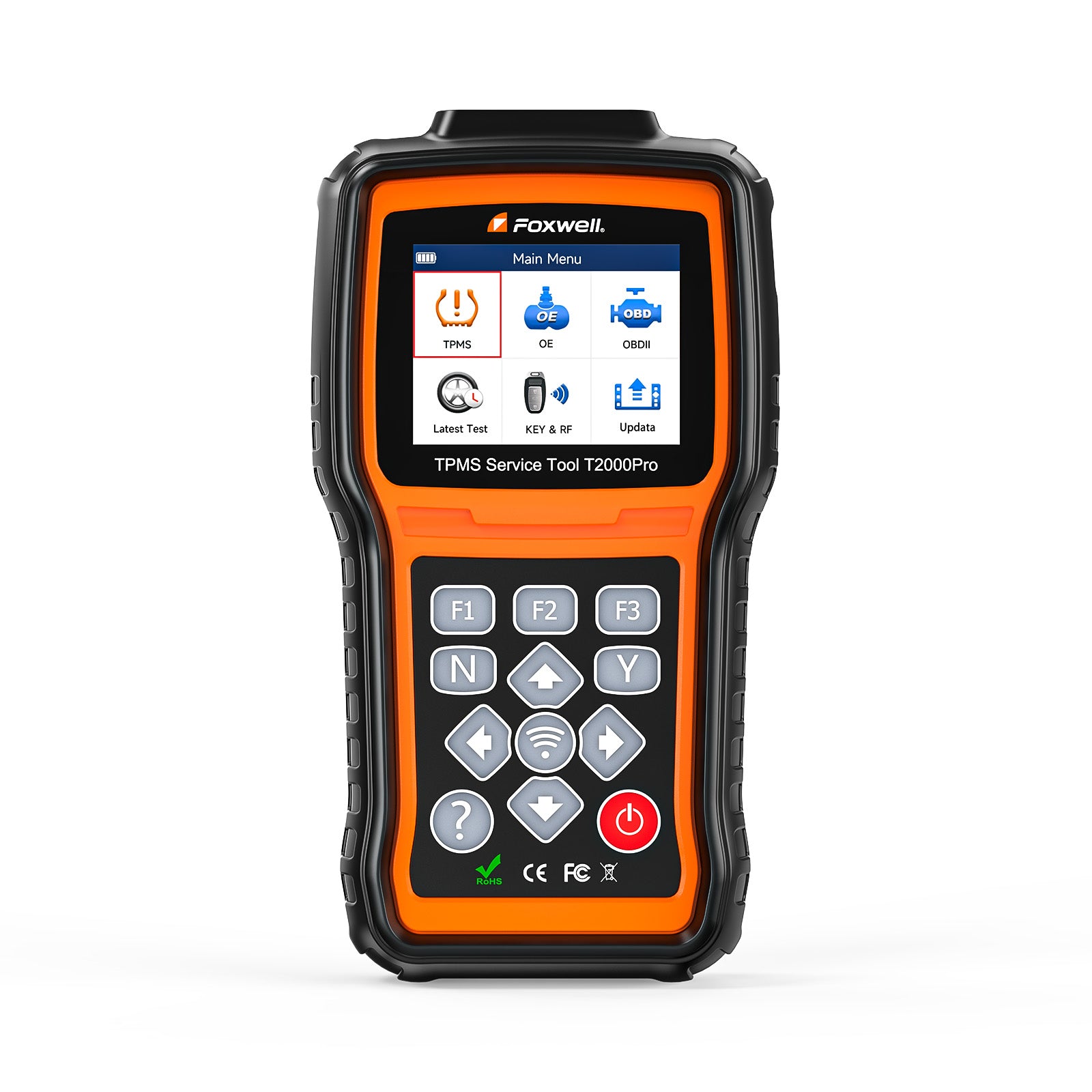
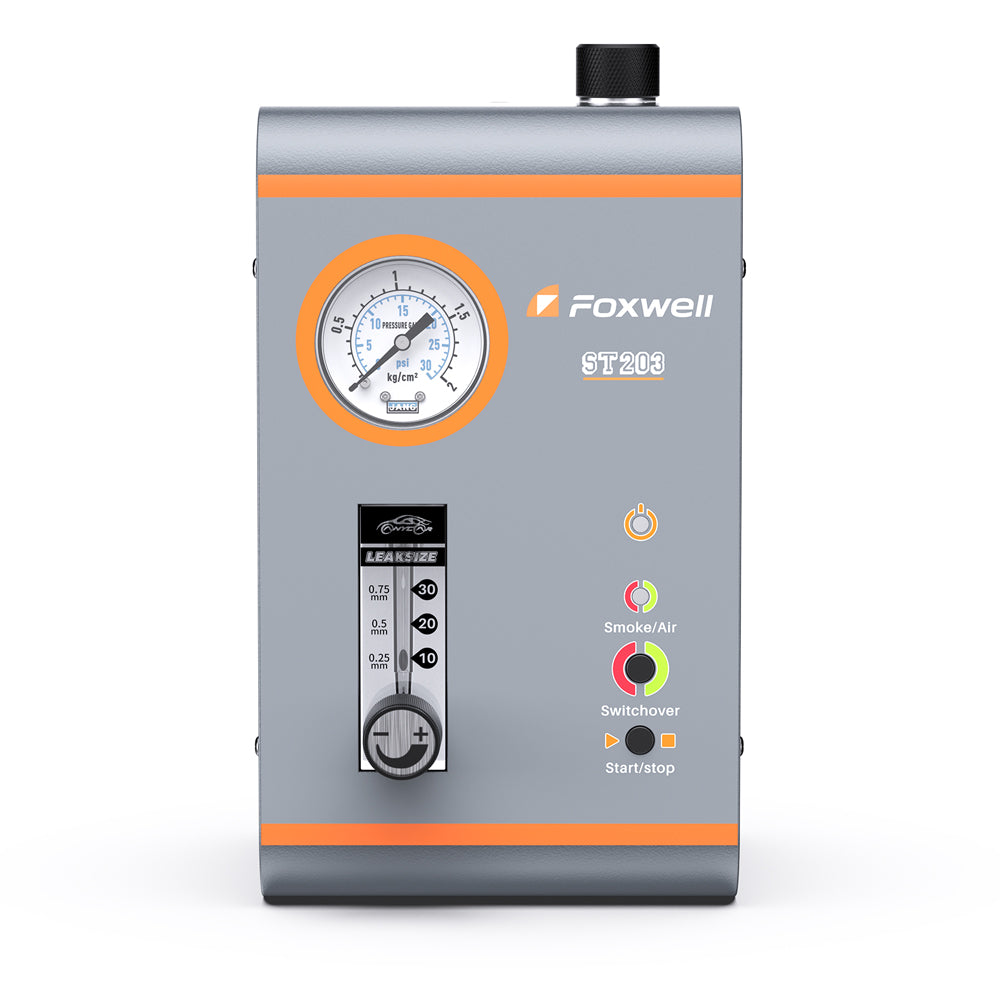
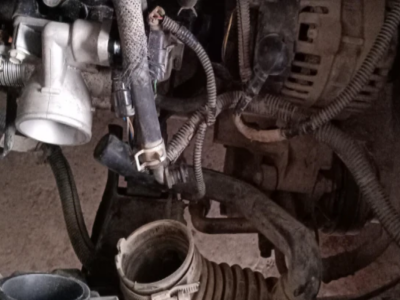
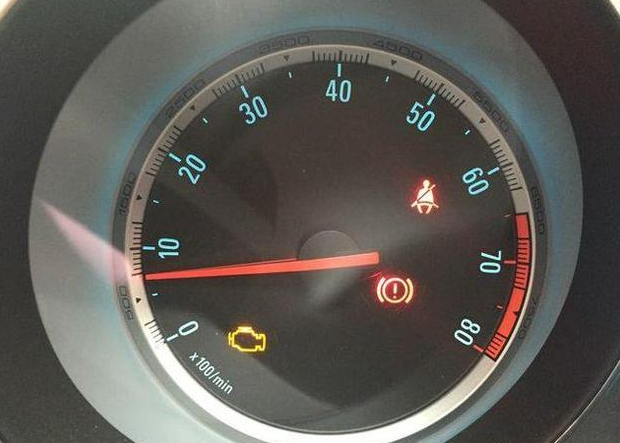

Leave a comment
This site is protected by hCaptcha and the hCaptcha Privacy Policy and Terms of Service apply.